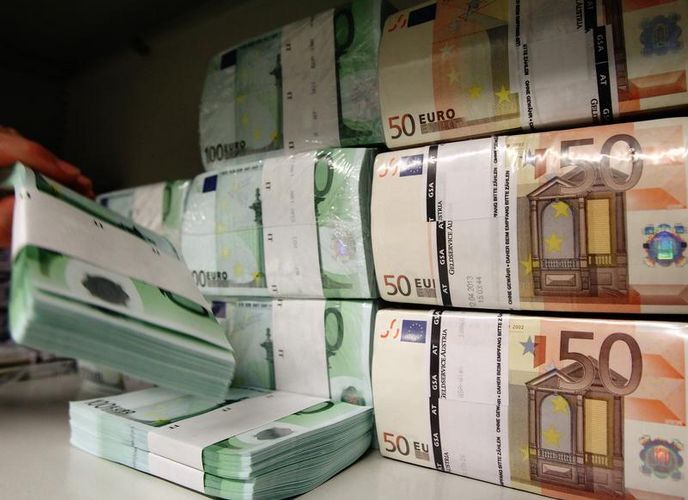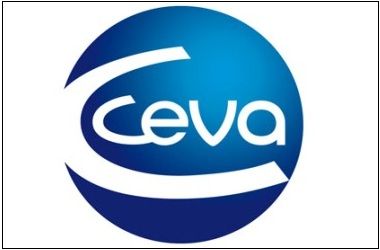In Ceva Sante Animale’s €818m buyout loan, Europe finally has a post-crisis, euro-denominated covenant-lite leveraged loan of its own. It was always a case of when, rather than if, pure European cov-lite loans would return, but now the post-crisis taboo has been broken, bankers expect more will come to the market.
On the face of it, it seems that investors finally cracked to the demands of aggressive borrowers by opting to throw protections by the wayside in a bid to put cash to work amid low deal volumes. There is much truth in that.
But, in the short term at least, the move could be positive for investors and borrowers alike.
By providing covenant-lite loans, Europe can now compete with the US market on an even basis, and that should help stem the flow of European issuers crossing the Atlantic for financing.
It will also create a truly global leveraged finance market that offers borrowers more choice. They will be able to tap the US or Europe in order to acquire the financing structure that suits them best – and, in theory at least, the more options available, the healthier the market will be for all involved.
European investors have been caught up on the issue of covenants for the past year and decisions on whether to invest in a credit have mainly been based on financing structures.
By accepting cov-lite deals, it means they can now put the issues of structure to one side and focus more on credit quality. After all, with a lack of protection if something goes wrong, investors will want to make sure they choose the strongest performers.
Of course, if the pressure to get loans in the door means that focus is lost – and that’s a real possibility – lenders will only have themselves to blame if the cycle of lax lending based on overly optimistic business plans returns.
We can only hope that the fact that we lived such a cycle (and then some) in the relatively recent past will act as a brake on the race to the bottom.
Beyond the headlines
With all the headlines on the crisis in Ukraine, economic slowdown in China and redemptions from bond funds, it would be easy to be downbeat about emerging markets.
But the evidence from the ground tells a different story. Deal flow is picking up, especially in Latin America and Asia, and even bankers in CEEMEA, where volumes are down about 25% compared with 12 months ago, are getting busier.
And while certain primary markets remain shut, such as Russia, investors are beginning to buy assets again in the secondary market, pouncing on cheap levels. Traders report offers being lifted on Russian credits, with sentiment likely to remain strong as long as there are no further bad headlines.
All this is welcome news and shows that, far from collapsing, much of the emerging credit world remains robust.
Indeed, if anything, the risk is not so much of the market shutting down but that it is getting ahead of itself. Last week, for example, Minerva issued the first corporate perpetual from Latin America in more than 12 months.
The Brazilian beef producer pulled the plug on such a structure last year because of rates volatility. And yet in the week that Brazil was downgraded a notch by Standard & Poor’s, the company raised US$300m through a non-call five note issue, 25bp inside initial price thoughts – this despite the fact that Brazilian beef credits have a chequered history.
Corporate perps are (excuse the pun) bull market trades, not the sort of defensive transaction more appropriate for current market conditions.
The boundaries of risk appetite could be tested further by potential deals in the coming weeks for Zambia and Gulf Keystone Petroleum.
The former is marketing its second Eurobond deal but some investors will be wary after getting their fingers burnt on Zambia’s debut transaction, which is trading more than 13 points below its reoffer price.
Bankers speculate that Zambia will have to pay a yield of about 9% if it chooses to issue a new 10-year bond.
The risks of Gulf Keystone Petroleum are even greater. This is a company facing the prospect of a cash shortfall if it doesn’t raise funds soon.
But the technical backdrop is such that institutional funds still have plenty of cash (despite the rolling back of QE3) and that is offsetting outflows by retail investors. And for all the talk of rising rates, 10-year Treasuries still yield less than 3%.
We’re no longer in the go-go days of late 2012 – and for good reason. It could nonetheless be the case that the biggest risks in the EM bond market are not external events, but investors once more getting carried away.
Cut the fat
The sheer size of the syndicate on WH Group’s pending US$5bn–$6bn Hong Kong IPO is another worrying signal for the Asian equity markets. Regulators are pushing for greater accountability, and banks certainly need a more sustainable fee structure: a 28-strong syndicate will leave nobody satisfied.
Some of Asia’s issuers still fail to realise that hiring a bigger syndicate reduces their chances of receiving worthwhile advice. None of the bookrunners are likely to disagree with the others or raise objections, because they will not want to risk being ejected from the deal if they are in the minority.
Compare the syndicate with the last few big equity deals from the stable of Hong Kong’s richest man and savviest investor, Li Ka-shing. In January, HK Electric Investments completed a HK$24bn (US$3.1bn) business trust IPO, with only two joint global co-ordinators and bookrunners. There were only three advisers to Hutchison Whampoa on the now postponed US$5bn–$6bn IPO of AS Watson, and only three when Hutchison span off its ports business into a trust in 2011.
Li has worked out that keeping syndicates small creates accountability, and has shown that he will reward good performance with repeat mandates. Even if WH Group is a roaring success, how many of the 28 banks can really expect to win follow-up deals? And if they don’t have an incentive to impress, are they really going to put in their best work?

